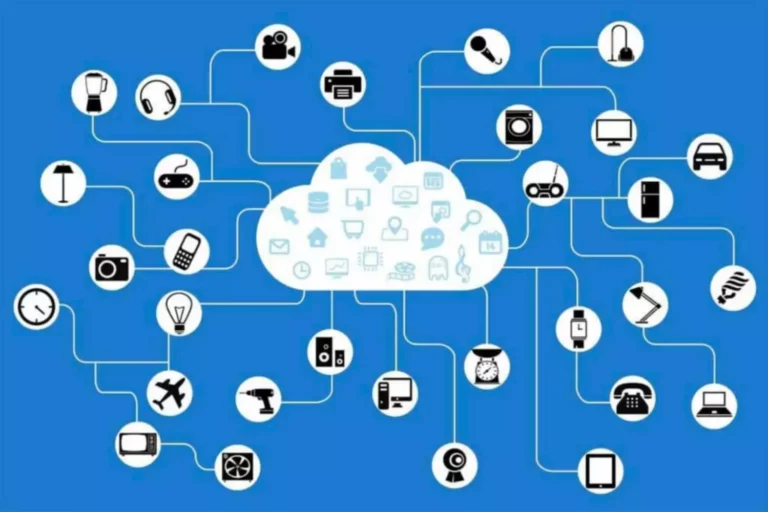Token buybacks can be conducted on exchanges or through decentralized finance (DeFi) protocols. One method of burning crypto involves manual burns, where tokens are intentionally destroyed by sending them to an address from which they cannot be accessed. This approach is commonly used by project teams or community members who hold a significant amount of tokens. By eliminating these tokens from circulation, manual burns can create scarcity and potentially increase the value of remaining tokens. While token burning can have positive effects like increasing value and maintaining scarcity, it’s important to consider potential drawbacks as well.
Investopedia makes no representations or warranties as to the accuracy or timeliness of the information contained herein. As of the date this article was written, the author owns Bitcoin and Ripple. While this might seem like an unusual marketing tactic, it points out the importance of ownership and personal control regarding digital assets. Being able to do what you want with your digital assets is vital to why they were built.
Reducing Token Supply or Increasing Scarcity
Let’s delve deeper into the practice of coin burning, an intriguing process that involves destroying coins, and understand its mechanics and motivations. With that, they will have the right to mine in proportion to those tokens burned. For the miners to burn the coins, these miners must send the token to a burner address.
The miner tip incentivizes validators to confirm transactions more quickly. Binance is one of the largest cryptocurrency exchanges in the crypto ecosystem. However, since October 2021, the community has burned over 263 billion SHIB, representing around 0.05% of the total circulating supply. Each burn event is blockchain-recorded, ensuring verifiability and countering false claims about token reductions. Depending on the objectives and the underlying cryptocurrency’s protocol, different methods of burning can be employed. This approach can align the interests of miners and users, ensuring the long-term security and viability of the blockchain.
About Coinbrary
To protect the system from Spam and Distributed Denial-of-Service (DDoS) attacks, miners usually ask that users burn the gas fees they receive. This mechanism drives up the coin’s value since fewer coins are available on the market. Burning cryptocurrency does not mean that you set fires to a cryptocurrency, like you can burn paper money. To burn crypto means sending it to a digital wallet that can only receive but not send out crypto. While it can lead to value appreciation and increased trust in a project, it can also raise concerns about the long-term supply and potential market manipulation. “Burning” is a term used to describe the process of removing cryptos from the circulation.
However, various factors, including market sentiment and overall demand, influence this outcome. This process, while seemingly straightforward, has profound implications for the cryptocurrency’s ecosystem, its value, and its stakeholders. The act of burning helps to manage the supply and demand of an asset.
How Does Burning Affect A Cryptocurrency’s Value?
As the crypto world evolves, burning remains a tool for projects to navigate changing conditions and regulations. Now let’s take a look at an example of a coin burn, where we burn an NFT (ERC-721 token) on Etherscan. Notable projects employing POB include Slimcoin (SLM), Counterparty (XCP), and Factom (FCT), while some coins use a combination of PoS and POB for token issuance and maintenance. Since each individual’s situation is unique, a qualified professional should always be consulted before making any financial decisions.
- A hyperlink to or positive reference to or review of a broker or exchange should not be understood to be an endorsement of that broker or exchange’s products or services.
- However, you can indirectly benefit from token burning if you hold the cryptocurrency that implements this mechanism, as it may contribute to the appreciation of its value.
- Instead of a one-time affair, the Proof-of-burn engages miners to carry it on as a routine activity.
- Projects actively managing token supply and combating inflation demonstrate their dedication to preserving investor value and bolstering investor confidence.
- By adjusting the rewards miners receive through burning, networks can maintain a healthy balance of miners, ensuring network security and transaction processing efficiency.
To gain investments and funds, project owners sometimes burn coins on their network to show that they are committed to limiting the coins’ supply. The owners of a protocol or project can do this by burning coins at certain times or just once. This is what it means when users or a community say they have decided to burn a particular cryptocurrency, or that they burned their coin. The wallet address used in this action is a burner address, or an eater address. In essence, token burning can serve as a strategic move, not just in terms of economics but also in terms of public relations and trust-building. For investors and stakeholders, it’s a reassuring sign, indicating that the project is here to stay and is taking active steps to ensure its sustained relevance and growth.
Maintaining the Price of Coins for Investors
Cryptocurrency burning is the process in which users can remove tokens (also called coins) from circulation, which reduces the number of coins in use. The tokens are sent to a wallet address that cannot be used for transactions other than receiving the coins. The wallet is outside the network, and the tokens can no longer be used. As you may know, Coin burning is a method of purposely reducing the total amount in circulation to stabilize and boost the price of coins and Tokens. To understand this much deeper, one must learn the concept of demand and supply.

With cryptocurrency burning, some of those tokens are taken out of circulation. Like a corporate stock buy-back, burning cryptocurrency can be beneficial or backfire, depending on the investors. Supply and demand will also affect the prices on the market, especially those cryptocurrency assets. You can only send these burned coins to a wallet that can receive coins. However, the wallet holder cannot transfer the coins to anyone else.
How can you protect yourself from coin burn scams?
Katie has been writing about tech-based topics for two years, with a specific interest in cybersecurity, AI, and cryptocurrency. Katie has covered a variety of topics during her time at MUO, including crypto explainers, cybersecurity guides, VPN reviews, recent hacks, and software tutorials. With a passion for emerging tech, Katie is also excited to see what new devices and digital platforms the coming years will bring.
However, it’s essential to understand that while burning can influence a token’s value, it’s not the sole determinant. The broader market sentiment, technological advancements, regulatory changes, and global economic conditions also play pivotal roles. Blockchains, while offering transparency and security, can be vulnerable to spam or malicious attacks.
Impact of Burning Crypto on Supply and Demand
This address is unique in that it lacks a corresponding private key, ensuring that tokens sent there can never be moved or accessed by anyone. In this method, projects repurchase their own what does burning crypto mean tokens from the market using funds allocated specifically for this purpose. The bought-back tokens are then permanently removed from circulation, effectively reducing the total supply.
Project Governance and Incentivizing Behaviors
All the transactions are recorded on the blockchain and cannot be altered. Burning a portion of the entire circulation decreases the supply, thereby increasing its relative scarcity. By committing to burn a certain amount of their native coins regularly, they aim to reduce its overall supply over time, potentially boosting its value. In ecosystems where mining plays a pivotal role, tokens might be burned to ensure that mining remains profitable. By adjusting the rewards miners receive through burning, networks can maintain a healthy balance of miners, ensuring network security and transaction processing efficiency. In most cases, individual investors cannot directly participate in token burns.
Navigating the World of Cryptocurrencies
Token burns can help regulate token distribution and prevent concentration of power by reducing the supply held by certain individuals or entities. In certain cases, burning crypto coins may also be utilized as a means to comply with regulatory requirements. One of the few differences between PoB and PoS is that PoS involves holders staking their tokens https://www.xcritical.com/ held on the blockchain to have the chance to mine coins. There’s also the proof-of-work (PoW) method, where blockchains have to rely on heavy computing power that consumes massive amounts of energy. With the possibility for users to earn crypto and have the value of it increase, burning crypto helps keep liquidity flowing for the long term.

